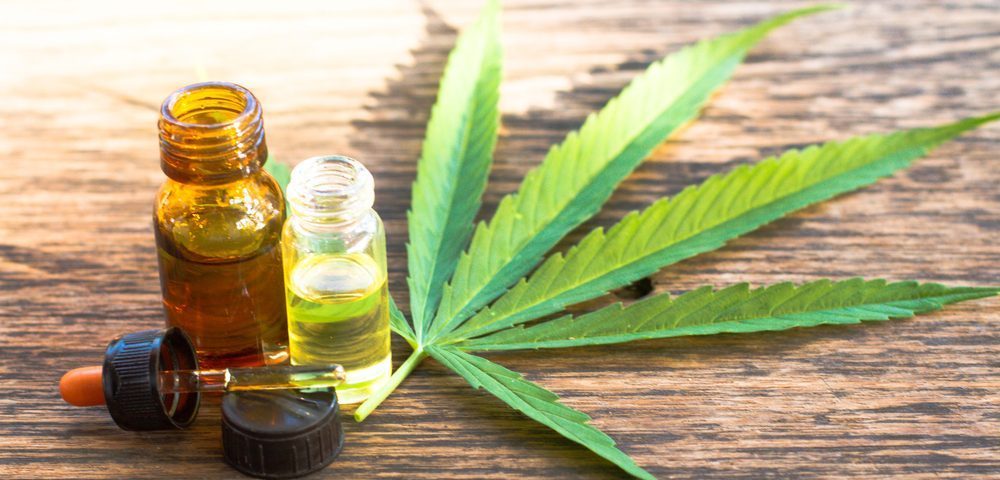Parkinson’s Foundation Survey Finds About 25% of Patients Trying Cannabis

A recent survey about medical cannabis use by Parkinson’s disease (PD) patients in the U.S. found one-quarter of its more than 1,000 respondents had used cannabis in the last six months, and less than 13% reported negative side effects.
Most of these people reported using cannabis to treat nonmotor Parkinson’s symptoms like anxiety, pain, and sleep disorders, the researchers reported. An almost equal number of survey patients (23.5%), however, also stopped cannabis use in the previous six months due to a lack of effectiveness.
Survey results were published in npj Parkinson’s Disease in the study, “Weeding Through the Haze: A Survey on Cannabis Use Among People Living with Parkinson’s Disease in the U.S.” The survey was the first of its kind for the Parkinson’s Foundation.
Cannabis is increasingly available legally in the U.S. for medical and recreational use. However, evidence is lacking regarding its efficacy and safety, and little information exists about the attitudes and experiences of Parkinson’s patients regarding cannabis.
Some 1,064 patients from 49 states completed the email survey, which ran from Jan. 17 through Feb. 7, and sent to people known to the foundation. Survey questions ranged from reasons for cannabis use, like symptom management, to side effects and types of cannabis used.
The average age of respondents was 71, and they had been living with Parkinson’s for an average of seven years.
“At a time when cannabis is legal in more states than ever before, we believe this survey provides new and critical information for the growing population of cannabis users who have Parkinson’s disease,” James Beck, PhD, senior vice president and chief scientific officer for the Parkinson’s Foundation, said in a press release.
“Ultimately, our goal is better outcomes for everyone living with Parkinson’s disease and we’re committed to tackling issues that are a priority for the PD community,” he added.
Survey results point to a knowledge gap among patients about cannabis that might inform decisions about its use, the foundation said.
Some 56% of respondents reported never being given information about cannabis dosing, types, or frequency of use. Sixty-four percent had never been given recommendations by a physician or other healthcare provider regarding cannabis use.
More than half of the respondents reported learning about cannabis use online, from friends, or from others with Parkinson’s. Most respondents, 89%, did not consider cannabis a replacement for their prescribed disease medications.
Among the 24.5% of people who reported using in the previous six months, most used it for reasons to their disease and reported a moderate to considerable improvement in symptoms that included tremors, anxiety, stiffness, pain, and sleep problems. However, nearly a quarter of users said they had stopped taking cannabis over that same time frame primarily due to lack of benefit with these symptoms.
Among users, 36.4% reported turning to cannabis for medical reasons outside of Parkinson’s, or for recreational reasons.
Of cannabis users, 31% preferred to smoke it, 14% preferred vaping, 22% liked edibles best, and 32% preferred using a spray. Bedtime and early evening were the most common times chosen for use.
Most respondents, 82% of the entire group, indicated a desire to learn more about a clinical trial of cannabis for Parkinson’s, and 62.3% were interested in enrolling in such a trial.
Lack of evidence supporting how it affected symptoms in Parkinson’s disease was the main reason respondents cited for not using cannabis. Compared with non-users, users were more likely to report insufficient control of non-motor symptoms through prescription medications.
“Our results suggest that the lack of formal guidance or research evidence about cannabis for Parkinson’s may in part underlie inconsistencies in both use and reported effectiveness,” the researchers reported.
The foundation issued a consensus statement on the use of medical cannabis for Parkinson’s last year, covering previous study findings, guidance for cannabis use, and potential side effect or safety issues. It emphasized the lack of knowledge found, and called for more research.
“Considering the growing legality of cannabis access and customization of cannabis formulations marketed to people living with PD [Parkinson’s disease], additional research is needed for both clinicians and people with PD to better understand the efficacy of cannabis for PD motor and non-motor symptoms,” this study also concluded.






